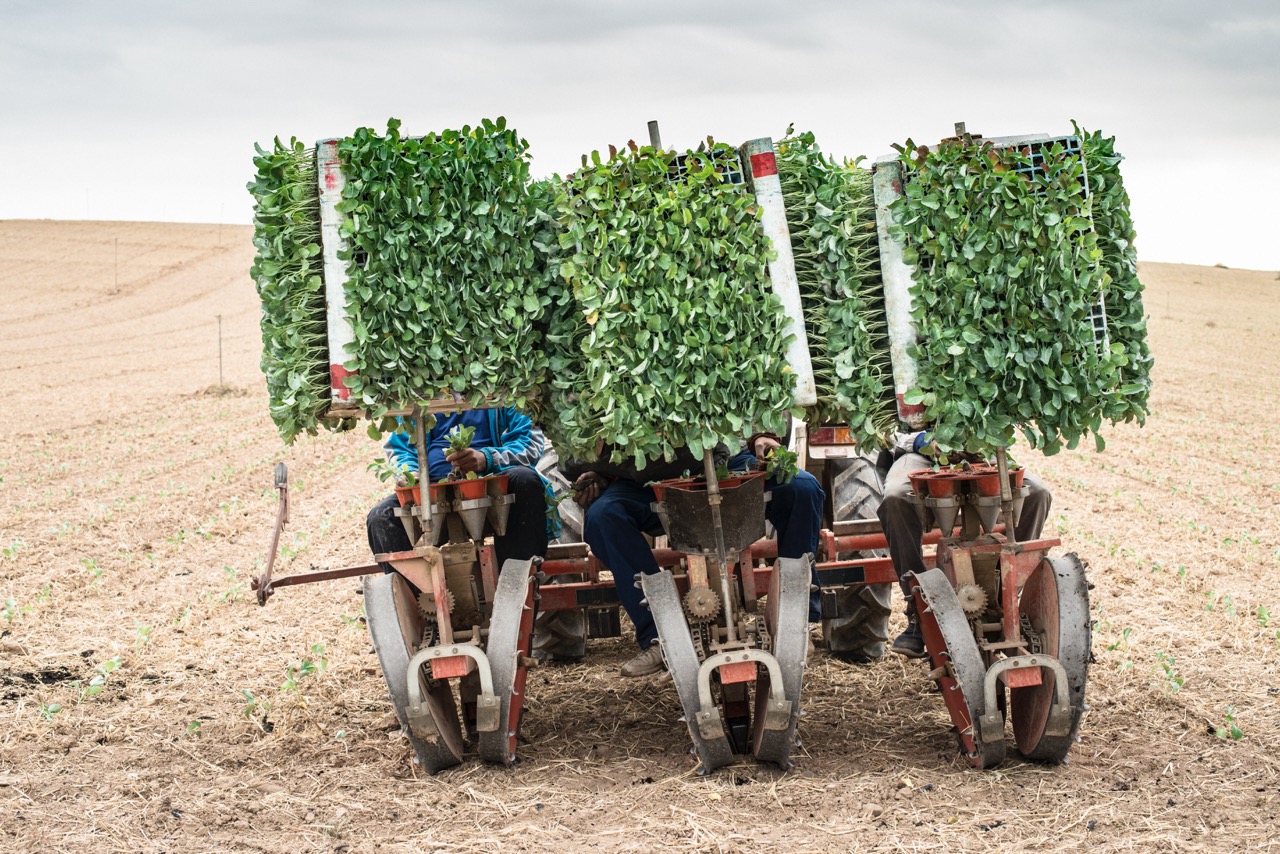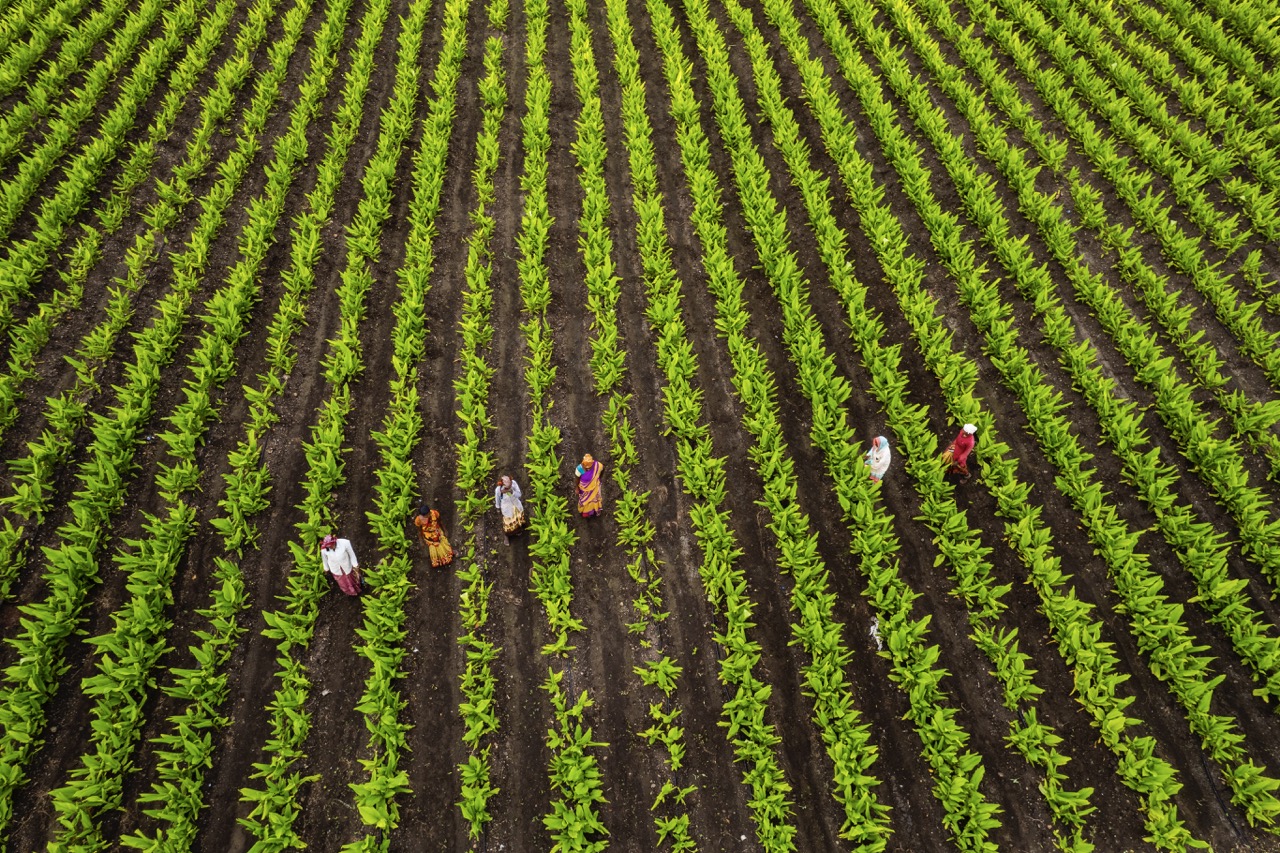Sharecropping emerged as a prominent agricultural system in the southern United States after the Civil War, fundamentally reshaping the social and economic landscape of the region. This practice, in which landowners provided land, tools, and seeds to farmers in exchange for a share of the crop produced, was often seen as a means for formerly enslaved individuals to gain economic independence. However, the reality was frequently marked by an exploitative dynamic, raising significant ethical questions about the fairness and sustainability of sharecropping. This article explores the historical context and impact of sharecropping, its potential benefits and drawbacks, and the future of its ethical implications.
Understanding Sharecropping: Historical Context and Impact
Sharecropping first gained traction in the Southern United States during the Reconstruction era, a time marked by social upheaval and economic instability. With the abolition of slavery, many formerly enslaved individuals sought to establish their own livelihoods, but access to land and resources was severely limited. Sharecropping emerged as a compromise between landowners, who needed labor to cultivate their land, and freedmen, who sought employment and autonomy. This system allowed sharecroppers to work the land and earn a living, albeit under conditions that often favored landowners.
The impact of sharecropping extended beyond immediate economic transactions. It perpetuated a cycle of poverty and dependence for many families, as sharecroppers frequently found themselves in debt to landowners and merchants due to inflated prices for supplies and necessities. This financial strain hindered their ability to save or invest in their futures, trapping generations in a state of economic subjugation. Additionally, the social hierarchy established through sharecropping often mirrored the racial inequalities of the past, reinforcing systemic oppression within the agricultural economy.
Despite its shortcomings, sharecropping played a critical role in the agricultural development of the South. It enabled the cultivation of cash crops like cotton and tobacco, which were vital to the region’s economy. However, the reliance on a labor system that was inherently inequitable raises important ethical questions about justice and sustainability in agricultural practices. Understanding the historical context of sharecropping helps illuminate the complex legacy it has left on American society, shaping discussions about agricultural ethics today.
The Pros of Sharecropping: Economic Opportunities Explored
One of the primary advantages of sharecropping was the economic opportunity it provided to individuals who otherwise had limited options for employment. For many freed slaves and poor whites, sharecropping offered a means to generate income and support their families. It allowed them to work the land and receive a portion of the crop yield, fostering a sense of ownership over their labor and the fruits of their efforts. This model enabled many sharecroppers to establish livelihoods in a post-Civil War economy that was otherwise inhospitable to their needs.
Moreover, sharecropping contributed to agricultural productivity in the South. By employing a labor force that was willing to work the land without the upfront investment required to purchase land or equipment, landowners could maximize their profits. This arrangement, while exploitative, also stimulated local economies as crops were produced for both local consumption and external markets. The economic interdependence created between landowners and sharecroppers can be viewed as a symbiotic relationship, albeit one fraught with ethical implications.
Furthermore, sharecropping can be seen as a model of resilience and adaptation, allowing individuals to navigate the harsh realities of a racially stratified society. Some sharecroppers managed to achieve a degree of success and stability, creating communities and support networks that provided mutual aid. This aspect of sharecropping highlights the resourcefulness of individuals in the face of systemic challenges, suggesting that while the system had its flaws, it also offered pathways to economic engagement that were significant for many at the time.
The Cons of Sharecropping: Ethical Dilemmas and Exploitation
The ethical dilemmas surrounding sharecropping are significant, as the system often reinforced economic exploitation and social injustice. While it was marketed as a mutually beneficial arrangement, the reality was that landowners held substantial power over sharecroppers, dictating terms that often led to perpetual indebtedness. Many sharecroppers found themselves trapped in a cycle of debt, unable to escape the financial burdens imposed by inflated prices for goods and services provided by landowners. This exploitation created a dynamic similar to servitude, undermining the very independence that sharecropping was initially thought to provide.
In addition to financial exploitation, sharecropping perpetuated systemic inequalities rooted in race and class. The majority of sharecroppers were African American, and the system effectively maintained white supremacy in the agricultural economy. Landowners frequently used legal and extralegal means to exert control over sharecroppers, including intimidation and violence. This oppressive environment stifled any economic mobility for black families and reinforced the social hierarchies established during slavery, raising serious ethical concerns about equity and justice.
Furthermore, the environmental degradation often associated with sharecropping cannot be overlooked. Sharecroppers, driven by the need to produce and pay off debts, frequently over-farmed the land, leading to soil depletion and erosion. This unsustainable practice not only harmed the land but also threatened the long-term viability of agricultural communities. The ethical implications of prioritizing short-term profits over environmental stewardship highlight the need for a more just and sustainable approach to agriculture, underscoring the limitations of sharecropping as an economic model.
Balancing Perspectives: The Future of Sharecropping Ethics
As we reflect on the legacy of sharecropping, it is essential to balance its historical significance with its ethical implications. Modern discussions about agricultural practices increasingly emphasize the importance of fair labor standards, equitable access to resources, and sustainable farming practices. In this context, sharecropping serves as a cautionary tale about the potential for exploitation within agricultural systems, prompting contemporary stakeholders to reevaluate the ethics of labor arrangements in agriculture.
Emerging models of agricultural collaboration, such as cooperatives and community-supported agriculture (CSA), offer alternative frameworks that prioritize fairness and sustainability. These models aim to empower farmers while ensuring that all stakeholders receive equitable returns on their labor and investment. By learning from the historical context of sharecropping, contemporary agricultural practices can be designed to avoid the pitfalls of exploitation and inequity, fostering a more just agricultural economy.
In moving forward, it is crucial to engage in dialogue that addresses the historical injustices linked to sharecropping while seeking solutions that promote social and economic equity. By acknowledging the lessons of the past, stakeholders in agriculture can work toward systems that honor the rights and dignity of all workers, ensuring that the mistakes of history are not repeated. The future of agricultural ethics will hinge on our ability to learn from the past and implement practices that prioritize justice, sustainability, and community empowerment.
The ethics of sharecropping encapsulate a complex interplay of economic opportunity, exploitation, and social justice. While it provided some semblance of autonomy for marginalized individuals in the aftermath of slavery, it also perpetuated cycles of poverty and systemic inequality. As we move forward, the challenge lies in reconciling these historical realities with contemporary agricultural practices that aspire to be fair and sustainable. By embracing the lessons of the sharecropping era, we can work toward a future in agriculture that respects the rights of all workers and fosters a more equitable society.










